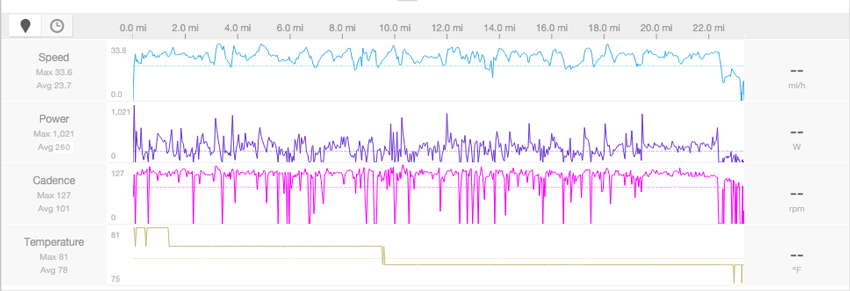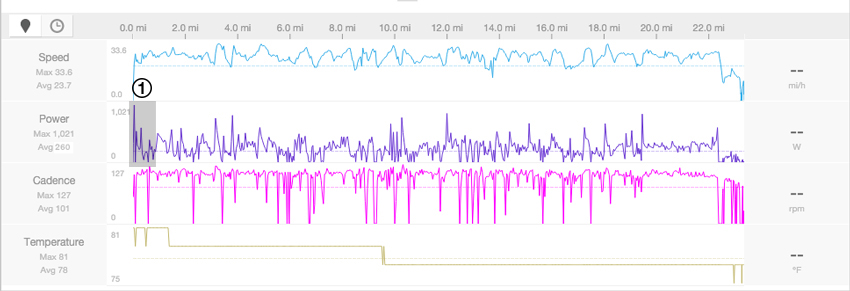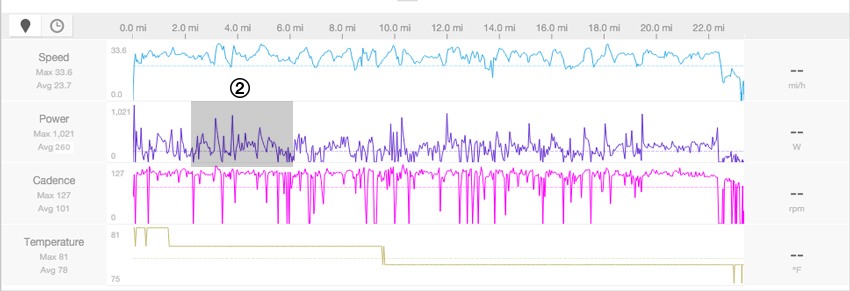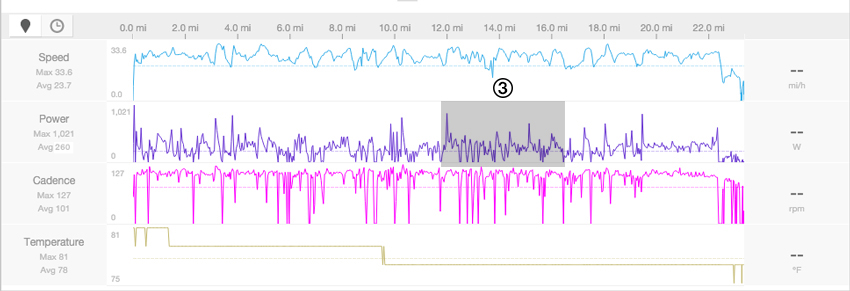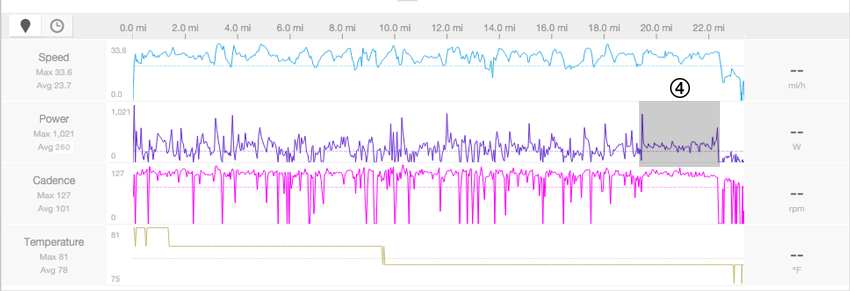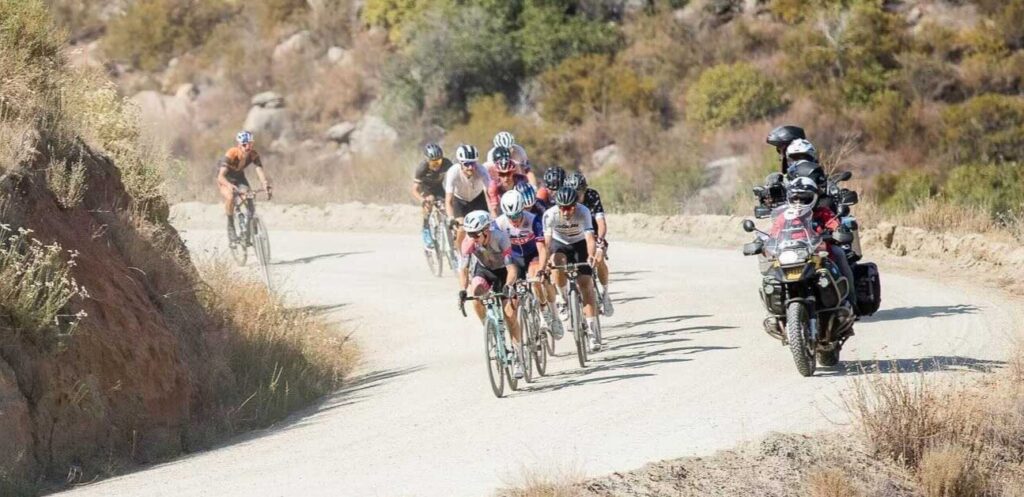How to Break Away and Make it Stick
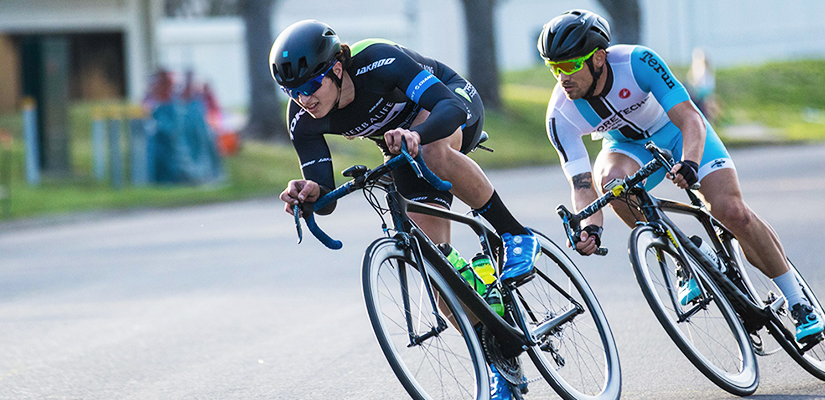
Although not every race is won by a solo breakaway, multiple breakaways or breakaway attempts always form the outcome of a race. To make sure you’re at the pointy end of the race in the final kilometer, you need to have a specific type of fitness that allows you more than one shot at a breakaway. Here’s how to train for breakaways.
Overview
Whether you’re in a road race, criterium, mountain bike race, gravel grinder, gran fondo or a cyclocross race, you’re going to face multiple breakaway attempts. It’s common to see an attack go right from the gun, and while there is always a chance for an early breakaway to succeed, it’s probably not going to happen. Chances are, that early breakaway will be reeled in and you’re going to be faced with doling out your own barrage of attacks throughout the entire duration of the race.
Every time you break away or chase down a breakaway it will take a lot out of you, so when you multiply that by ten or twenty over the course of the race, you’re up for a very demanding day. This is exactly what our Criterium, Road Race, XCO, XCM, STXC and Cyclocross plans focus on. They build the type of fitness you need in order to repeatedly put out a big surge of power before dropping down to your threshold for extended periods of time.
Anatomy of a breakaway
Most breakaways will start with a big surge of power. In rare cases, you can “Cancellara” your way away from the field with a steady and sneaky rise in power that ends up separating you from the field, but this usually only happens when you have a massive advantage on the rest of the group.
Seeing as how most, if not all, of us have nothing close to Spartacus power, our breakaways will most likely start with a massive spike in power — it’s what you do afterwards that really matters. Any of us can put out a big surge of power to get a gap on the field, but can we keep enough pace afterward to manage that gap?
To look at what type of fitness you need for this type of racing and how to break away and make it stick, let’s look at a race file of mine this past summer.
Below is a snapshot of a local Tuesday night crit here in Reno, NV. The course is as simple as it gets: Two wide-open 180 degree turns on a dead-flat .8 mile loop. Other than being exposed to high winds (there were exceptionally high winds and rain from a summer thunderstorm), the simplicity of this course creates the perfect environment for a masterclass of race tactics. In other words: attack > counter-attack, rinse and repeat for an hour.
I’ll first give you a breakdown of the race stats before going into the details.
- Duration: 54 minutes
- Average Power: 84% FTP
- Normalized Power: 100% FTP
- Attacks above Threshold: 49
- Attacks above 150% FTP: 25
- Attacks above 200% FTP: 12
- Attacks above 300% FTP: 4
- Winning breakaway: 310% Peak power 104% FTP for 7 minutes
Early Race Breakaway
In the first highlighted section you can see me becoming the most hated rider of the day. All the usual suspects were in this race, including a couple of riders who had committed with me to trying to make an early race breakaway stick. With this plan in place, I went hard from the gun: over 1,000 watts expecting my committed breakaway compatriots to be right on my wheel. Alas, the pre-race commitments fell through and I found myself alone as I rounded the corner into a brutal headwind.
An early race breakaway was a bad idea that day, so I dropped back down to threshold and waited for the pack to sweep me up. The reason it was a bad idea was because of my abilities in relation to the pack’s ambitions. With the gusty winds and the very strong group of riders, there was no way a lightweight like me could maintain a solo breakaway. The pack knew this, so they were ready to let me tire myself out.
Early race breakaways are most commonly successful when an element of surprise comes into play. If the field knows of your current abilities and fitness levels, then chances are they know what you’re capable of. If you’ve gone dark for a while and come back like Rocky Balboa, then use their assumptions of your fitness level to your advantage. Surprise them!
Side note: If you commit to a strategy before the race, even a crazy one like an early race breakaway, don’t bail out! Give it a shot and remember, if it doesn’t work you can always fall back in with the pack and recover.
When to Follow an Attack
After my brash early race move, I settled into the front of the group and watched the attacks start to fly. In the case of the second highlighted section, two attacks came from serious enough threats for me to follow them, but nothing materialized.
Staying focused on key riders that have a chance of separating themselves from the field is key in moments like this. When everybody is attacking, you simply cannot follow every move. You have to pick and choose.
There are always a few riders that have big targets on their back, and the whole pack knows that if they launch they mean business. When one of them attacks, stay close but don’t be the first one to chase them. While doing this, it is extremely important to keep an eye on the other key players. Chances are, they want to get up with that rider and either work together to try to separate themselves from the pack or they want to make sure they don’t let that rider get too big of a lead. If you’re the first one to chase down the original attack, you will be too tired to respond when the other big guns make their move.
If you know a rider breaking away doesn’t have what it takes to maintain a gap for the rest of the race, let him tire himself out and don’t chase. However, if you don’t know of the rider’s abilities, keep an eye out for telling signs. Looking back, excess tension in their shoulders or excess apparent exertion are all good indicators that he won’t make it.
What to Do After Breaking Away
In the third highlighted section, you can see my power spike then go from above threshold down to no pedaling a few times. This part of the race is when I saw a fast rider attack and I latched onto his wheel. Three of us were able to get a gap on the field so we went straight into taking pulls and sharing the lead.
When you get a lead after a breakaway and you have riders with you, this is the time for everybody to selflessly work together. You don’t have to pedal with everything you have when it’s your turn at the front of the paceline. Your pulls should be just hard enough that you are going faster than the pack, but not so hard that you are throwing off the rhythm or pace of your breakaway mates.
In this case, only two of us wanted to work together and the pack ended up catching us. Once we saw them coming, we kept taking pulls, but the pace was low enough to allow us to recover. We needed to be ready for a counter-attack once they caught us.
How to Do a Late-Race-Solo Breakaway
With five laps to go in the race, everybody will be exhausted, but this is a great time to make a move if you can. At this point I knew that if I attacked and got a lead, that it would be doubtful I could hold the lead, but I figured the pack probably thought the same thing.
I moved to the outside of the pack and attacked from about eight riders back. I didn’t hear anybody on my wheel after about 15 seconds of sprinting, so I decided to play the actor card and look back. I hoped this would make the pack think I wasn’t confident in my abilities to make that lead stick, and sure enough, they let me go.
It was at this point that I settled into about 110-120% of my threshold and stayed as aerodynamically efficient as possible. This type of effort is extremely difficult to maintain after nearly an hour of hard racing, so trusting in previous training efforts like this and maintaining focus is key.
After two laps off the front they realized I had too big of a lead and the pack worked together to chase me down. I was able to keep the hammer down and get the win by a few seconds because of managing my effort with my power meter during the whole race, especially the final breakaway. I knew what my five minute power would be at the end of a race like this, so I told myself to hold that number no matter how much it hurt.
The keys to a successful late-race-solo breakaway are as follows: (1) You need the fitness to maintain threshold after an all out sprint. (2) You need to time it appropriately so that you don’t pop before the end. (3) You need to stay focused and have confidence during the whole breakaway. (4) You need a little luck on your side.
Listen to Certified Cycling Coaches Discuss Breakaways
“How to Break Away and Make it Stick” is one topic we covered in episode 20 of the Ask a Cycling Coach podcast. Listen to the episode’s full recording below to hear this and other questions from cyclists get answered by our certified cycling coaches.
Additional Notes
TrainerRoad’s Ask a Cycling Coach podcast is dedicated to making you a faster cyclist. It gives you the chance to get answers to your cycling and triathlon training questions from USAC certified coaches Chad Timmerman, Jonathan Lee and special guests. Learn more about other topics we covered in the latest episode with our resources below:
- Will more training volume make you a faster cyclist?
- How to follow a structured training plan during a group ride
- How to use power meter data to get faster
- How to train for a late-race breakaway
- How to peak twice in one season
- Do I need a recovery week between training phases?
- How to train if you don’t have a specific race in mind
- How to pick the best chamois
- Is extra training volume bad?
- What does my power to weight ratio mean?
- How to eat during high intensity workouts
If you have a question that you’d like to ask Coach Chad, submit your question here. We’ll do our best to answer them on the next episode of the Ask a Cycling Coach podcast.
